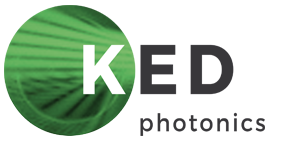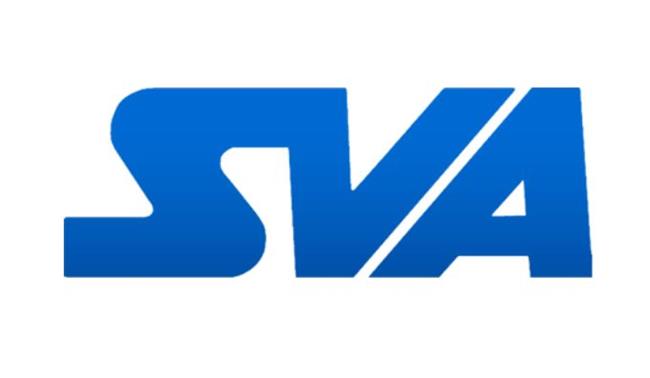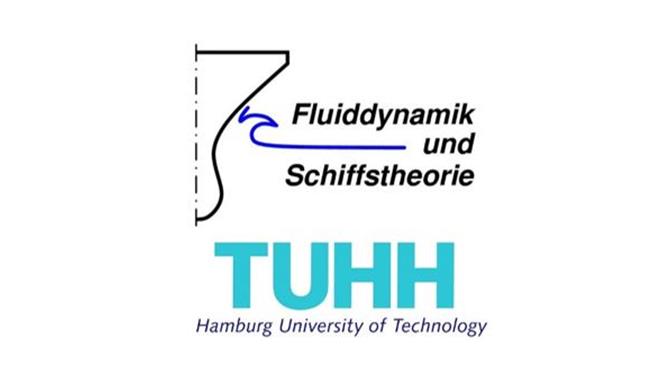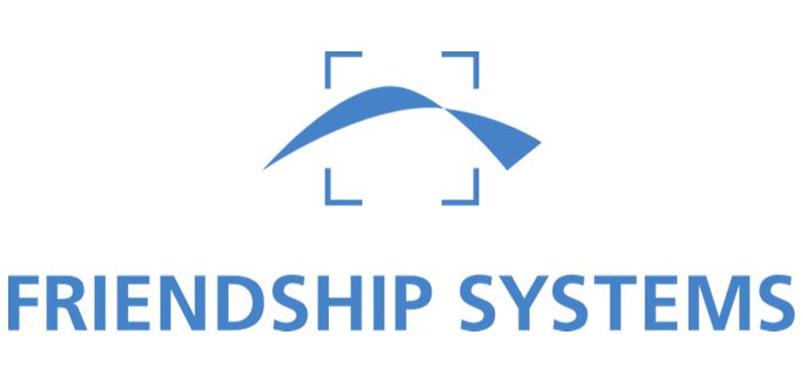References
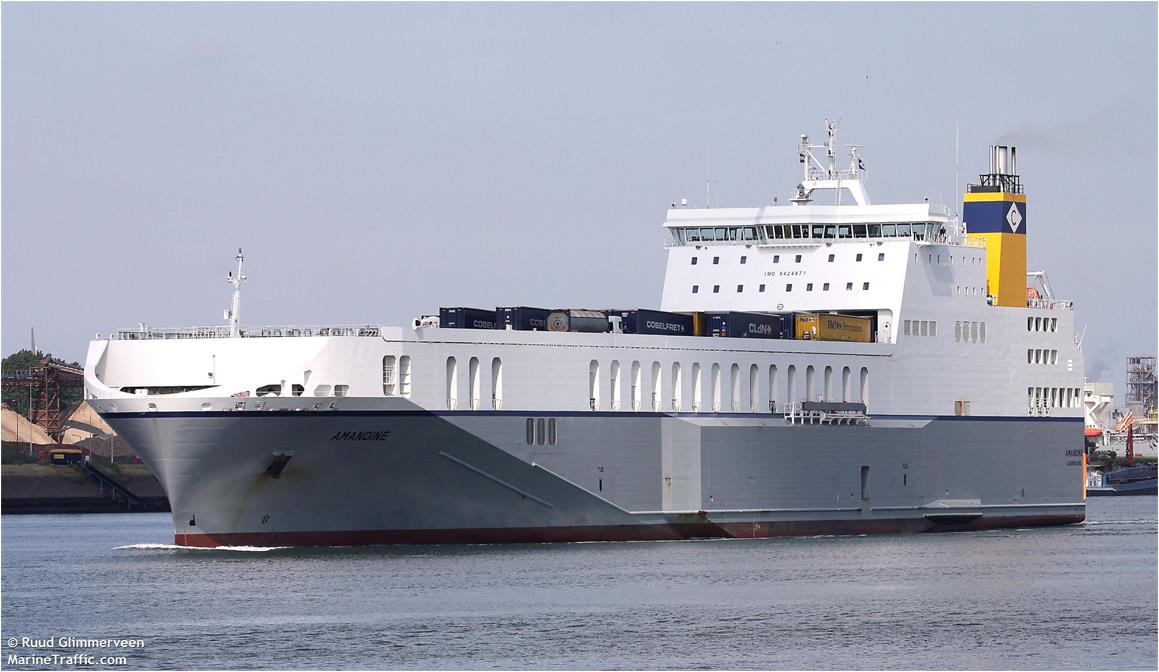
Wake Measurements and Cavitation Observations at ConRo Ferry „Amandine“
Main research topic was the correlation of cavitation effects and erosion taking water properties and wake velocities into account .
Results: The PIV-technique was adapted, applied and considered suitable for non-invasive wake measurements at full-scale. High statistical secure data rates, a wide angular range and a robust and stiff setup are the main advantages compared to former full-scale measurement techniques such as Laser Doppler Velocitmetry or Pitot-Tube technologies. The approved calibration strategy and a precise definition of the measurement volumes facilitate reliable velocity measurements. A comparision with viscous flow calculations revealed interesting insights regarding the width of the wake peak. The data was also used to enhance the cavitation prediction methods at SVA.
Project partners: SVA, HSVA, TUHH, FSG

RoPax Ferry „Loch Seaforth“ Wake Investigations
The development of a framework for the design of hydrodynamic components for innovative manoeuvring and propulsion devices was the key project content.
Results: The measurement technique was qualified for 3C wake recordings. Nominell and total full-scale wake data were recorded to validate the developed framework methods. Additionally measured wake data at model-scale (HYKAT / HSVA) could help to understand the scale effects in the propulsion design process.
Project partners: FSG, DST, HSVA, SVA, TUHH, ISA, MMG, FSS
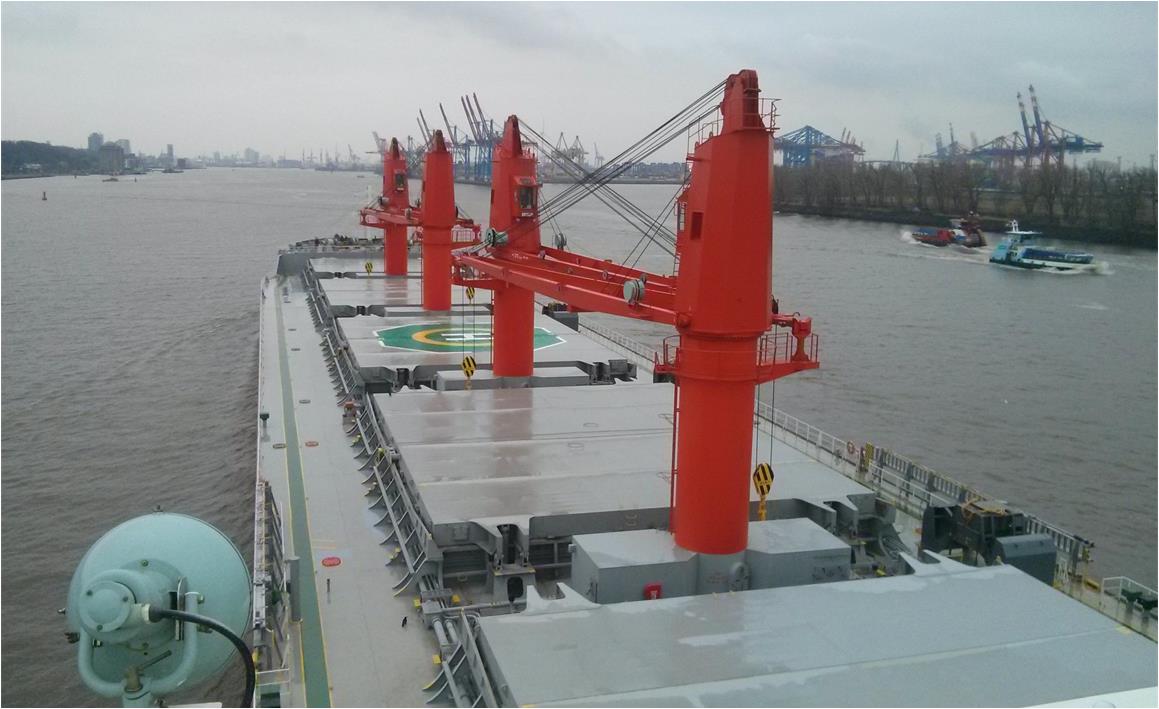
Bulk Carrier Wake Measurements
On an Atlantic crossing two measurement planes in the propeller inflow were recorded to investigate wake characteristics in order to verify CFD calculations.
Results: Validation of CFD calculations
Project partner: National Maritime Research Institute (NMRI)
